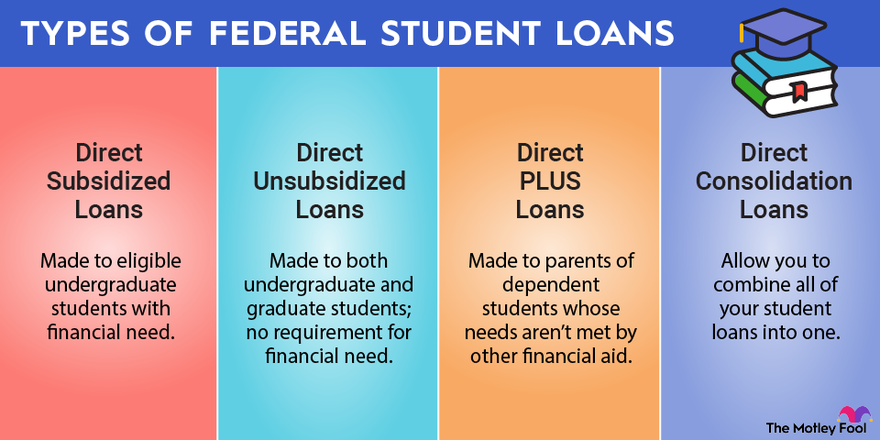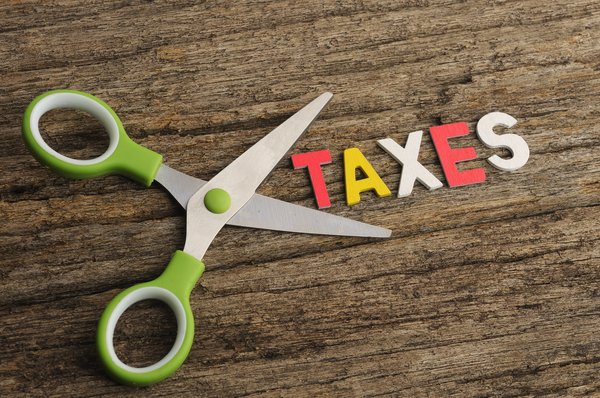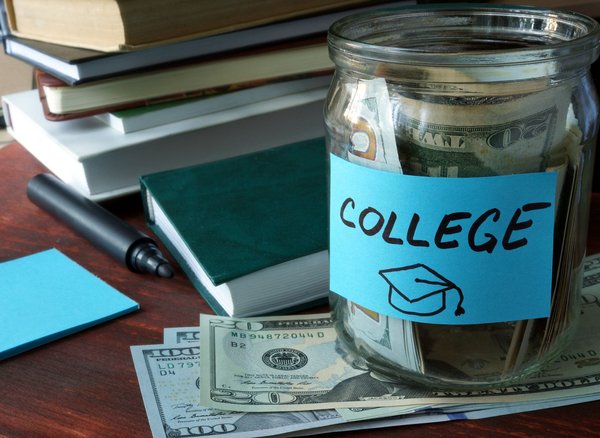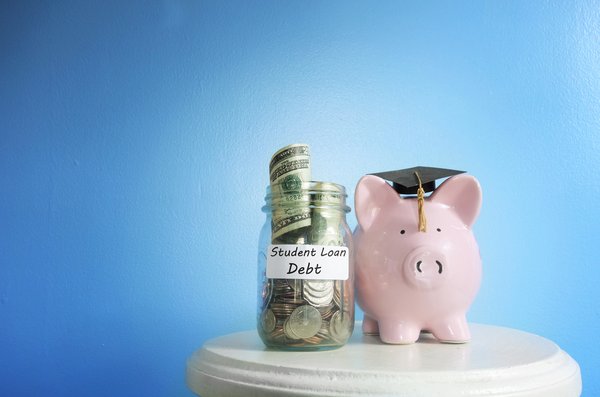The cost of a college education is rising to astronomical prices, leaving many students wondering about student loan borrowing limits. The answer depends on several factors, including your academic progress, your tax status as a dependent, and the type of loan you want.

It's generally possible to borrow money to cover what you need for college, but student loans aren’t an endless supply of money. Federal loans have tight restrictions on how much you can borrow, and private loans typically set limits as well. Read on to learn more about different types of student loans and how much each will allow you to borrow.
Federal student loan borrowing limits
Federal student loan borrowing limits
There are two types of direct federal student loans: subsidized and unsubsidized.
Direct Loans
Direct Subsidized Loans
A direct subsidized loan is available to undergraduate students with financial need, as determined by the Free Application for Federal Student Aid (FAFSA). The subsidy comes in the form of the Department of Education paying the interest expense while the borrower is enrolled in school. There's also a grace period after graduation.
Subsidized Student Loans
The amount you can borrow for a direct subsidized loan is based solely on your financial need. Your financial need is determined by factors that include your family's income and assets and the cost of attending your school. Additionally, there's a cap you cannot exceed on federal student loan borrowing, regardless of financial need.
Direct Unsubsidized Loans
Direct unsubsidized loans are available to anyone enrolled at least half-time in college. There's no need to demonstrate financial need. However, interest will accrue throughout your time as a student, so you'll graduate with a higher loan balance than the amount you borrowed.
Unsubsidized Student Loans
If you reach the cap on subsidized loans, you're eligible to take additional unsubsidized loans. However, the government puts a combined cap on the amount you can borrow in subsidized and unsubsidized loans.
How much can I borrow?
How much can I borrow in student loans?
The amount you can borrow in federal student loans relies on your academic progress and whether your tax status is as a dependent or independent. The following table breaks down exactly how much you can borrow in subsidized and unsubsidized loans.
| Year in School | Dependent | Independent |
|---|---|---|
| First-year undergraduate | $5,500 ($3,500 may be subsidized) | $9,500 ($3,500 may be subsidized) |
| Second-year undergraduate | $6,500 ($4,500 may be subsidized) | $10,500 ($4,500 may be subsidized) |
| Third year and beyond undergraduate | $7,500 per year ($5,500 may be subsidized) | $12,500 per year ($5,500 may be subsidized) |
| Graduate or professional student | Not applicable | $20,500 ($0 may be subsidized) |
There are also aggregate borrowing limits for student loans.
| Status | School Program | Subsidized Loans | Total Limit |
|---|---|---|---|
| Dependent | Undergraduate | $23,000 | $31,000 |
| Independent | Undergraduate | $23,000 | $57,500 |
| Independent | Graduate/professional | $65,500 | $138,500 |
Note that the graduate aggregate student loan limit covers loans from undergraduate school, too, including those received while a dependent.
The bottom line on borrowing limits
Federal student loans should be the first stop for anyone who needs to borrow money to help pay for their education. They have relatively low interest rates, and subsidized student loans can save you thousands of dollars in interest over the life of the loan.
Federal student loans have added advantages in that they have flexible repayment obligations, and you may qualify for loan forgiveness in the future. There's also some insurance built into federal student loans; the Department of Education will discharge your loan if you die early, so your family won't be on the hook for your debt.
However, with the rising cost of tuition at some private universities, you may also need to get a private student loan. The limits may be higher, but the interest rates are usually less favorable for private student loans, and repayment terms aren't very attractive.
Related investing topics:
The cost of taking on debt is an important consideration when deciding how to pay for school. Be sure you and your family can afford the loan payments along with other education costs.
FAQs
Student loan borrowing limits FAQs
What is the maximum amount of student loans you can borrow?
The maximum amount you can borrow in federal student loans as an undergraduate is $57,500 total, with as much as $23,000 in subsidized loans. However, if you're a dependent on someone else's taxes, you're eligible for only $31,000 in federal student loans. Graduate and professional students can borrow as much as $138,500 in federal student loans, with $65,500 subsidized if they qualify for financial aid.
How much can you take out in private student loans?
Private student loan limits will vary among lenders. Most lenders limit your annual borrowing to the cost of attendance for your school minus the financial aid you receive (including federal student loans). They'll also place a lifetime limit on how much you can borrow, typically between $75,000 and $120,000 for undergraduate students and more for graduate or professional students.




























